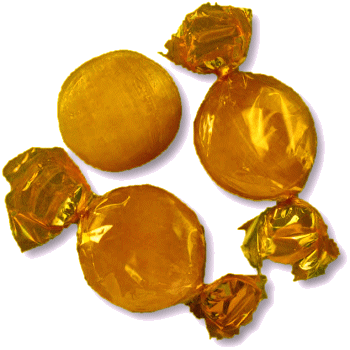




WELCOME TO An Entertainment Site for Scottish Country Dancers - Enjoy the curated selection of theme-related dances for celebrations and holidays, or find a dance associated with a special calendar day, or EVEN your own birthday!
Daisy Day
Jan 28
Other Scottish Country Dances for this Day
Today's Musings, History & Folklore
"The little girls did laugh and play
Upon that hot and sunny day
Upon the grass the children lay
Making daisy chains."
~ Andrew Blakemore
Although its a little early in the northern hemisphere for making daisy chains from found flowers, we can still practice on the dance floor with this namesake strathspey full of garland-like chaining figures, petronellas, and circles! Don't wilt before the 80 bars are up!
The name "daisy" is thought to be derived from "day's eye," because the flower opens at dawn and closes at dusk, as if awakening and sleeping with the day. This characteristic was seen as a symbol of the sun and was often associated with new beginnings and the renewal of love. Daisies have long been intertwined with the childhood ritual. of romantic divination to determine if the object of one's affection returns your interest. Petals are plucked, accompanied by the recitation of a phrase like "He loves me, he loves me not." The final petal plucked supposedly reveals the truth about these feelings – whether they are reciprocated or not.
Daisy chains are another fascinating floral creation, created by threading the stem of one daisy through the head of another, Custom dictates that daisy chains should always have their ends joined when finished to represent the sun, the earth, and the circle of life. And it was once believed that dressing a child in a daisy chain would protect them from being stolen by the fairies! 💛 🌼 🌼 🌼 🌼 🌼 🌼 🌼 🌼 💛
Daisy Chain (Robertson)
Today celebrates the common daisy (Bellis perennis), also known as the lawn daisy, or English daisy, bruisewort or woundwort. In ancient Rome, surgeons accompanied Roman legions into battle with sacks full of daisies from which their juice would be extracted to bind sword wounds and spear cuts. The word bellum, Latin for "war", may be the origin of this plant's scientific name.
Chrysanthemum leucanthemum, the "American" Daisy (though introduced from Europe), is commonly known as the ox-eye daisy, dog daisy or moon daisy. The large flowers are about 2 inches in diameter and appear all summer at the end of a single stalk shooting up to two feet from the basal rosette.
Chrysanthemum maximum, the Shasta daisy, was created through selective breeding and is similar to its ancestor, the ox-eyed daisy, but with larger flowers on longer stems.
In Alice's Adventures in Wonderland by Lewis Carroll, before Alice's adventures begin, she is sitting outside with her sister considering whether to make a daisy chain before being interrupted by a White Rabbit.
Daisy is a nickname for girls named Margaret, after the French name for the oxeye daisy, marguerite.
For more on daisy folklore, click the "The Daisy Chain" painting by Maude Goodmann, (1844-1936)
Click the dance cribs or description below to link to a printable version of the dance!





